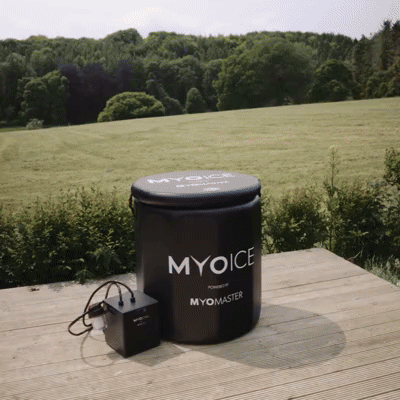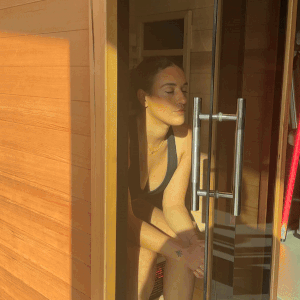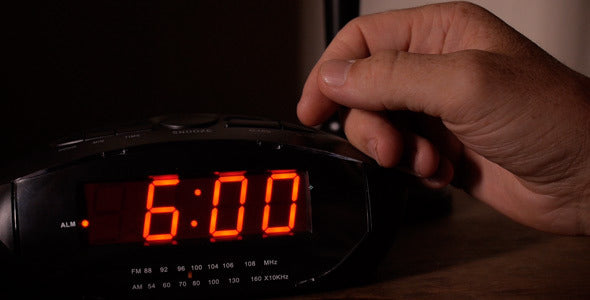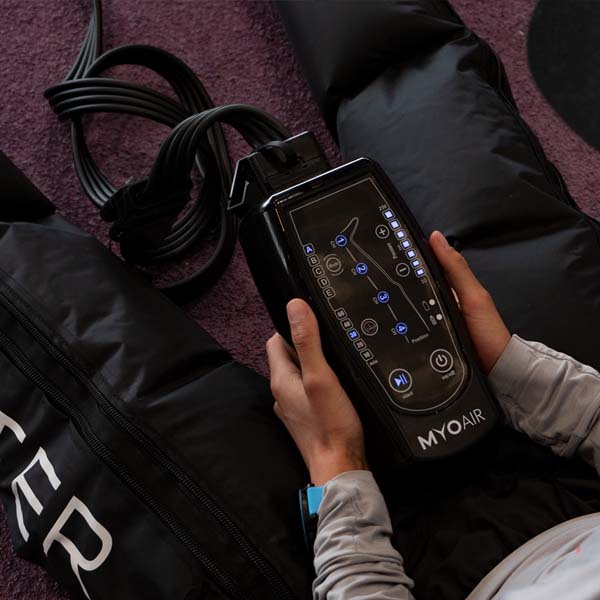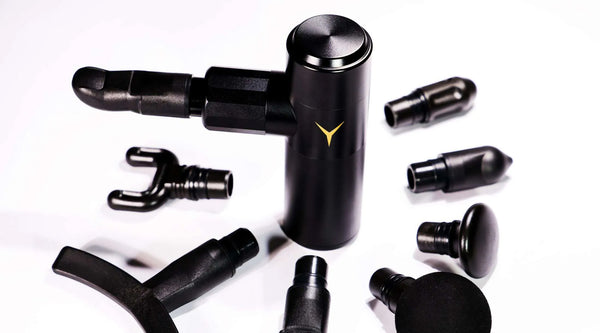Why do we need to maintain and increase our range of motion?
Every decade after the age of 30 we lose roughly 10% of the range of motion in our limbs through reduced mobility – but even before we turn 30, tightness in the muscles, ligaments and tendons can cause injuries, aches or pains.
To maintain quality of life as we get older or avoid serious injury, having a go-to static stretching protocol to maintain and improve our mobility is essential. We’ve put together this static stretching protocol using evidence based research so you can build it into your daily routine and keep you moving for decades to come.
How to prepare for static stretching..
Preparing to stretch properly will reduce any instances of injury and allow the muscle to properly elongate. Warming up requires getting adequate blood into the muscle so using either the MyoPro or MyoLite percussive massage gun is the perfect tool for this.
Take your massage gun and use one of the larger surface area massage heads, like The Dampener, apply it to the muscle group you’re about to stretch. We recommend working each muscle group for approximately 60 seconds to promote blood flow to the area and get it prepared to stretch.
How long to hold each stretch for
It’s one of the most important aspects of any stretching protocol, and thankfully the science is very clear on this. A study called The Effect of Time and Frequency of Static Stretching on the Flexibility of the Hamstring Muscles took 93 subjects, 61 men and 32 women ranging from 21-39 years of age – all with limited range of motion in the hamstring muscles.
They were randomly assigned into 5 groups, one control that did no stretching and 4 groups that stretched 5 days per week for 6 weeks. What it found was that..
“A 30 second duration is an effective amount of time to sustain a hamstring muscle stretch in order to increase range of motion. No increase in flexibility occurred when the duration of stretching was increased from 30 seconds to 60 seconds, or when the frequency of stretching was increased from one to three times per day.”
So, there it is, 30 seconds is the optimal amount of time to hold a static stretch in order to increase limb range of motion.
How many often should you stretch per week
In the same way that there are optimal frequencies to lift heavy weights to hypertrophy the muscles to increase strength, there is an established number of times per week you need to stretch if you want to maintain, reestablish or gain limb range of motion.
This was analysed in a review published in 2018 called The Relation Between Stretching Typology and Stretching Duration: The Effects of Range of Motion. In it, the authors say
“Time spent stretching per week seems fundamental to elicit range of movement improvements when stretches are applied for at least or more than five minutes per week.”
So, we need to get 5 minutes of stretching per muscle group per week done in 30 second holds – unfortunately the data points to the fact that we cannot do all of this in one go, it does have to be split up over multiple days in the week.
For the optimal protocol to improve limb range of motion, we have to be stretching between 4 and 5 days per week in order to get the required time of 5 minutes of stretching per muscle group.
Summary
In summary, the correct stretching protocol we need to take in order to increase limb range of motion looks like 2 to 4 sets of 30 second static stretches per muscle group, 5 days per week or some variation of this.
We will see some rapid improvements over the first three weeks of this protocol due to improvements in neural spindles – however over a dedicated 6 week routine, if you commit to this protocol you will see consistent gains in limb range of motion that will help you improve your overall flexibility.
